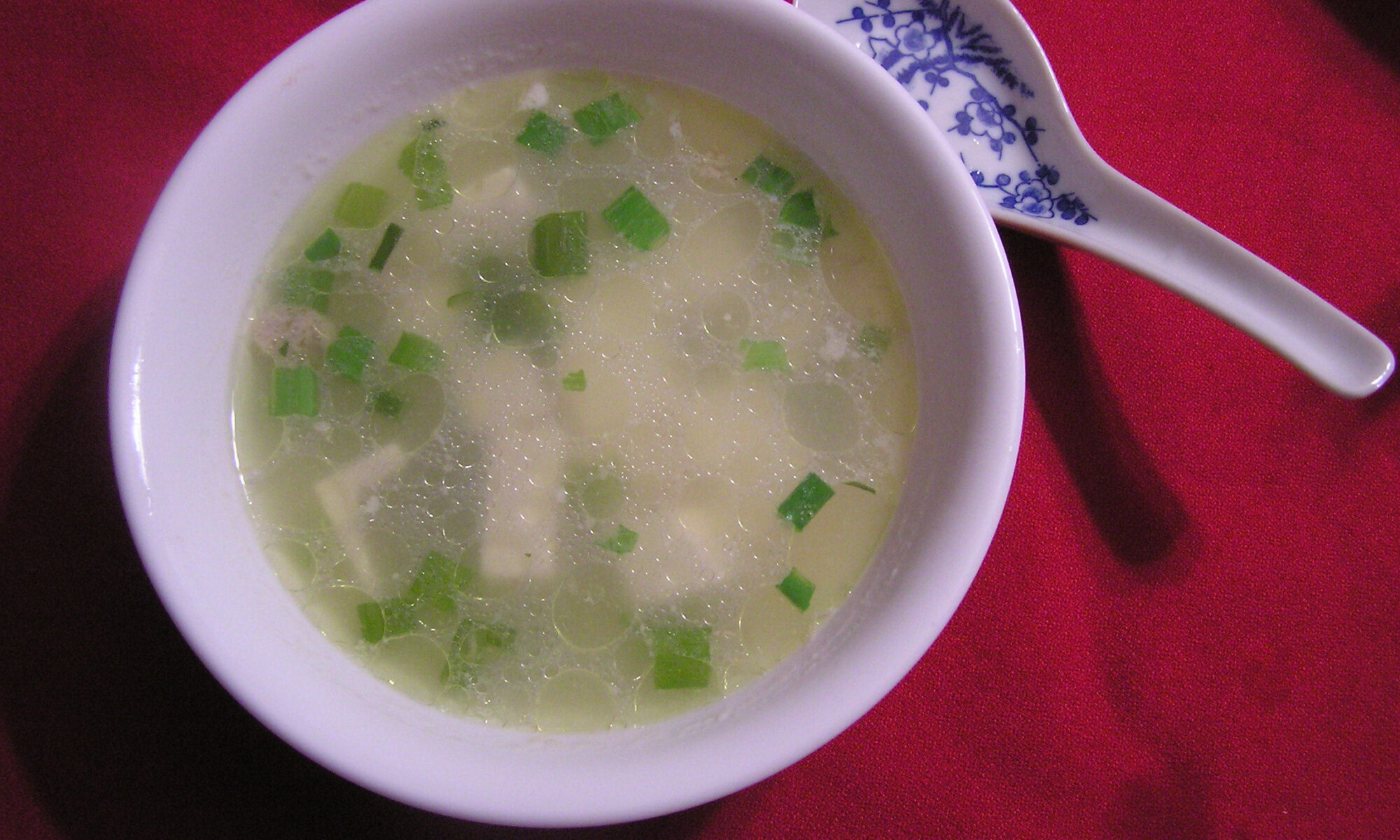by Geraldine Duncann
Almost all soups, and in fact many other dishes are far better if made with stock instead of water. Stock, be it meat, bird, fish or vegetable is an easy thing to make. No recipe is really needed. Most kitchens in earlier days kept a pot on the back of the stove into which went all meat and vegetable scraps and trimmings. Covered with water, this was kept simmering through the day and provided a ready supply of tasty liquid to be used as the base for soups, stews, sauces and even just dished up as a soup on its own. The meat, fish and bird may be the trimmings of fresh meats or the bones and scraps of already cooked meats.
A warning; although it is feasible to combine the trimmings of meat and poultry, fish and seafood should be kept on their own. I also never add beets in any form. They taste fine but they turn the entire pot an unpleasant color. Onion skins on the other hand, help brighten the color of the pot to a wonderful gold. The following recipe is just a guideline. You should feel free to use whatever ingredients you happen to have at hand. If you have access to an ethnic market you will be able to find things appropriate for making stock than you are likely to in the standard supermarket chain.
Things that make excellent stock are:
- Chicken giblets, backs, necks, and feet
- Ox tail
- Breast of lamb
- Lamb shanks
- Pigs feet
- Other meat bones available at the market (If you are using large meat bones have the butcher cut them up for you)
Appropriate things for making fish stock are:
- Any fish scraps, bones and skins
- Fish heads when available
- Shrimp and prawn shells
- Crab shells
Basic Stock
Makes about four quarts
- Approximately two pounds or more of meat, poultry or fish trimmings and bones (these may be raw or cooked)
- 2 to 3 onions, coarsely chopped
- 6 to 8 cloves of garlic, squashed
- 2 stalks of celery, coarsely chopped
- 2 or 3 carrots, coarsely chopped
- 1 leek, if available, coarsely chopped and well washed
- 1 parsnip, coarsely chopped
- 1 tablespoon of mixed dry herbs, or sprigs of favorite fresh herbs
- 1 or 2 bay leaves
- 6 quarts of water
Method 1:
Put all ingredients into a pot large enough to hold them comfortably, bring to a boil, then reduce heat to a simmer, cover and continue to simmer for one and one-half to two hours or until you have a tasty liquid. Strain and allow to cool. Then skim off the fat that has risen to the top and discard. Store the stock in the refrigerator or freezer.
Method 2:
Although the above method is easy and perfectly adequate, you will get more bang for your buck if you do the following:
Put two to three tablespoons of olive oil into a large, heavy pot and add all the meat, poultry or fish. Cook over a medium heat, stirring frequently to prevent scorching until all is well caramelized (a rich brown but not singed) on all sides. Add the herbs and chopped vegetables and continue to cook until the vegetables are soft and somewhat browned. Then add the water, bring to a boil. Boil for two to three minutes, then reduce heat to maintain a simmer, cover and cook for one and one-half to two hours. Strain and cool. When cool, skim off any fat that has risen to the top and store.
Stocks will keep for about a week in the refrigerator and for several months in the freezer. I often pour stock into ice cube trays, freeze and then store these little flavor cubes in zip-lock bags to use when I want just a bit of stock to add flavor to a dish.
If you are going to want a clear broth to serve or to use in an aspic, you will need to clarify it.
Clarify Stock, Broth or Bouillon
Salt: It is best not to add salt to your stock pot. If you do use salt, add it to the dish you are making, not the stock.



One Reply to “Making Stock, Broth or Bouillon”
Comments are closed.